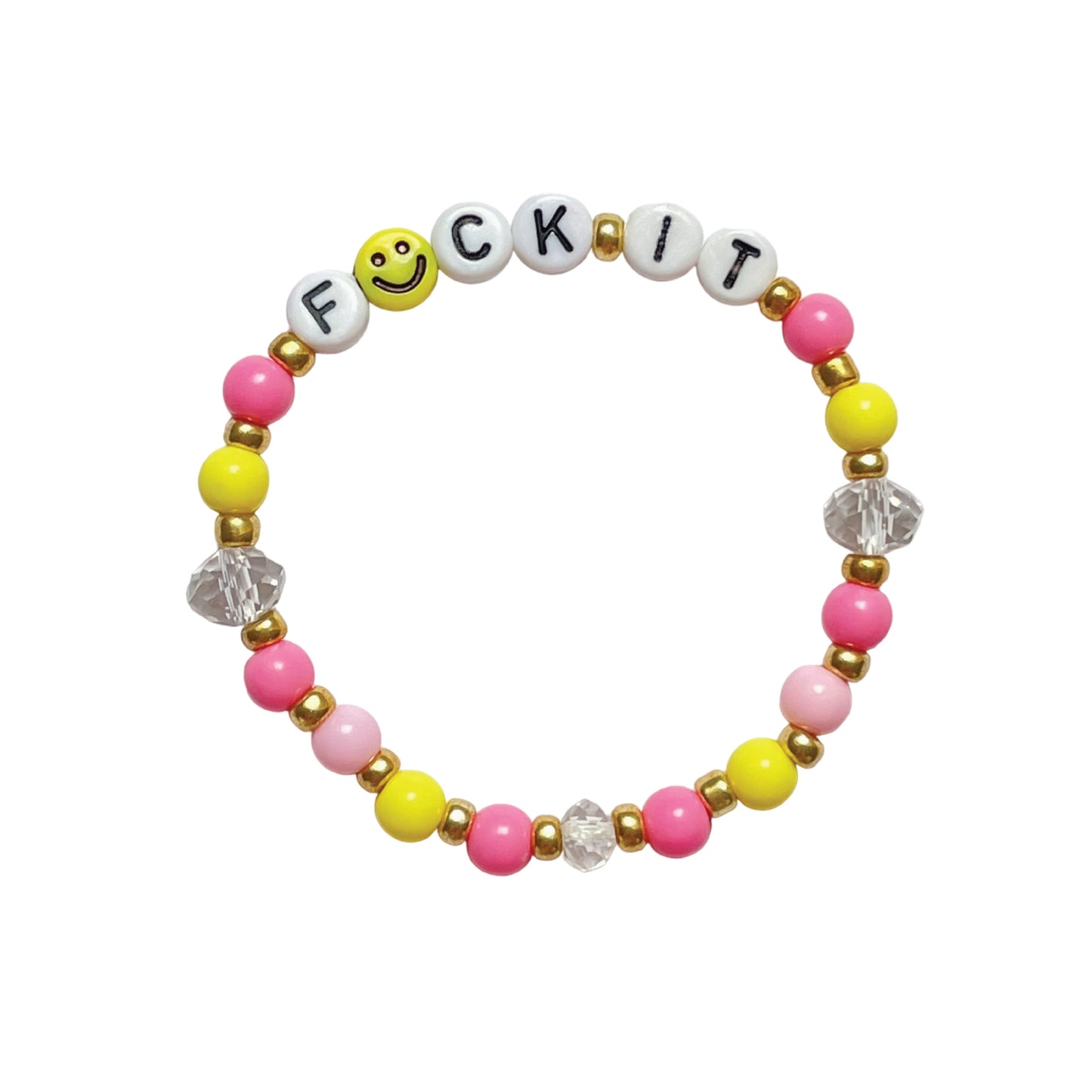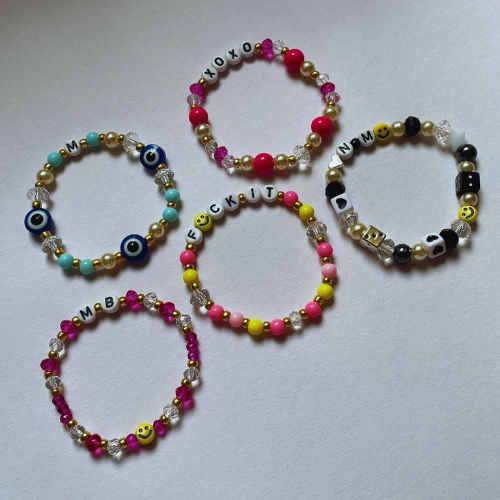Jewelry is more than just an accessory; it's an expression of personal style, sentiment, and often, significant investment. However, one common issue many jewelry owners face is tarnishing—a dulling or discoloration of the surface that can diminish the beauty of your pieces. Understanding why jewelry tarnishes and learning how to prevent it can help keep your favorite pieces looking as brilliant as the day you got them. In this blog, we'll delve into the causes of tarnishing and share expert tips to keep your jewelry shining.
Understanding Tarnish Formation
Tarnishing occurs when the surface of your jewelry reacts with elements in the environment, such as oxygen, sulfur, or moisture. This reaction leads to the formation of a thin layer of corrosion, which can dull the metal’s shine and cause discoloration. While tarnishing is a natural process, understanding how and why it happens can help you take steps to minimize its effects. The degree to which a piece of jewelry tarnishes can vary based on the type of metal, its exposure to the elements, and how it's cared for.
Common Causes of Tarnishing
Tarnishing can be triggered by several factors, with air exposure being one of the most common. When metals like silver and copper come into contact with oxygen, they undergo a chemical reaction that causes tarnish to form. Other common causes include exposure to sulfur compounds, which are found in foods like eggs and onions, as well as certain cosmetics, lotions, and perfumes. Even body oils and sweat can accelerate tarnishing, making it essential to understand and manage these triggers.
Types of Jewelry Most Affected
While all metals can tarnish over time, some are more susceptible than others. Silver, copper, and brass are particularly prone to tarnishing, while gold and platinum are more resistant. Jewelry that combines different metals, such as mixed-metal pieces, may tarnish unevenly, with some parts darkening faster than others. Understanding which types of jewelry are most affected by tarnishing can help you take proactive steps to protect them.
Silver Jewelry Vulnerability
Silver jewelry is highly vulnerable to tarnishing due to its composition. Sterling silver, which contains 92.5% silver and 7.5% other metals like copper, is particularly prone to tarnish. The copper in sterling silver reacts with sulfur and moisture in the air, leading to the formation of a black or greenish layer on the surface. To keep silver jewelry looking its best, regular cleaning and proper storage are essential.
Costume Jewelry Materials
Costume jewelry, often made from base metals like brass or copper and coated with a thin layer of gold or silver, is also highly susceptible to tarnishing. The thin coating can wear off over time, exposing the base metal to the air and causing tarnish to form. Additionally, the use of synthetic stones and non-precious materials in costume jewelry can make it more challenging to clean and maintain without damaging the piece.
Gold-Plated Items Risk
Gold-plated jewelry, while more resistant to tarnishing than silver or costume jewelry, is not immune. Over time, the thin layer of gold plating can wear off, exposing the base metal beneath. When this happens, the exposed metal can tarnish, leading to a loss of shine and color. To prevent this, it's important to handle gold-plated items with care, avoiding harsh chemicals and abrasive materials that can wear down the plating.
Environmental Factors Influencing Tarnish
Environmental factors play a significant role in how quickly jewelry tarnishes. High humidity, pollution, and even the air quality in your home can accelerate tarnishing. Coastal areas, where the air contains higher levels of salt, can also contribute to faster tarnishing. Understanding the environmental factors that influence tarnish can help you take steps to protect your jewelry, such as storing it in a cool, dry place away from direct sunlight.
Chemical Reactions and Tarnishing
Tarnishing is essentially a chemical reaction between the metal in your jewelry and the elements in its environment. For example, silver reacts with sulfur in the air to form silver sulfide, which appears as a dark layer on the metal’s surface. Similarly, copper reacts with oxygen to form copper oxide, which can give jewelry a greenish tint. Being aware of these chemical reactions can help you take steps to prevent tarnishing, such as avoiding exposure to certain foods, cosmetics, and cleaning products.
Proper Storage Techniques
One of the most effective ways to prevent jewelry from tarnishing is to store it properly. Jewelry should be kept in a cool, dry place, away from direct sunlight and humidity. Consider using anti-tarnish bags or cloths to wrap your jewelry, as these materials can help absorb moisture and prevent tarnish from forming. For added protection, store your jewelry in a lined jewelry box or a drawer, keeping pieces separated to prevent scratching and tangling.
Regular Cleaning Routine
Establishing a regular cleaning routine can help keep your jewelry looking its best and prevent tarnish from building up. Use a soft cloth to gently polish your jewelry after each wear, removing any oils or residues that may have accumulated. For deeper cleaning, consider using a jewelry cleaning solution specifically designed for the type of metal you’re cleaning. Regular maintenance will not only keep your jewelry shiny but also prolong its lifespan.
Cleaning and Maintenance Tips
When it comes to cleaning tarnished jewelry, the method you choose will depend on the type of metal and the severity of the tarnish. For light tarnishing, a gentle rub with a soft polishing cloth may be all that’s needed. For more stubborn tarnish, a jewelry cleaning solution or a mixture of warm water and mild soap can be used. Avoid using harsh chemicals or abrasive materials, as these can damage the surface of the metal and the settings of any gemstones.
Best Practices for Prevention
Preventing tarnish from forming in the first place is the best way to keep your jewelry looking like new. In addition to proper storage and regular cleaning, there are a few best practices you can follow. Always remove your jewelry before swimming, showering, or engaging in activities that cause you to sweat. Avoid exposing your jewelry to lotions, perfumes, and household chemicals, and consider applying these products before putting on your jewelry. By following these tips, you can enjoy your beautiful pieces for years to come without the worry of tarnishing.
Conclusion
Tarnishing is a common issue that affects all types of jewelry, but with the right care and attention, it’s possible to keep your pieces looking their best. Understanding the causes of tarnishing, choosing the right storage methods, and establishing a regular cleaning routine are all essential steps in maintaining the shine and beauty of your jewelry. By following these tips and best practices, you can prevent tarnishing and ensure that your favorite pieces remain as stunning as ever.




